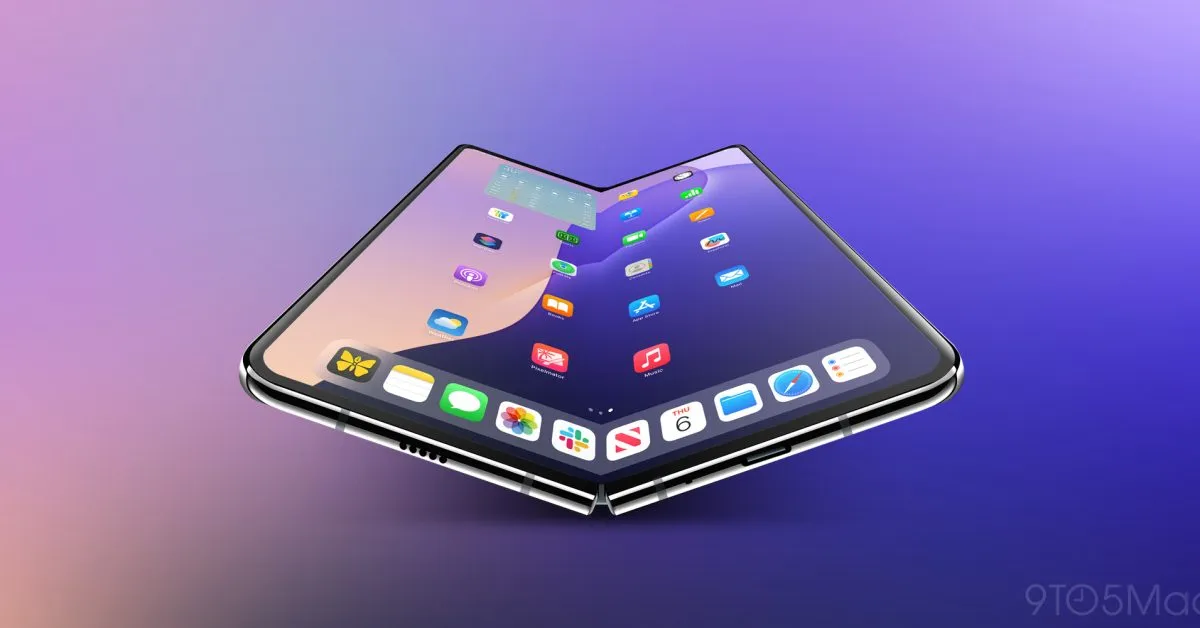
This fall, all eyes are on the iPhone 17 lineup, but buzz surrounding next year’s anticipated iPhone Fold is already heating up. Recent rumors suggest that Apple’s upcoming foldable phone may be priced lower than previously expected and could also be thinner than any of Apple’s current offerings. With speculations indicating a price around $1,800 instead of the initial estimates exceeding $2,000, the excitement surrounding the iPhone Fold continues to grow.
A recent report from UBS, highlighted by Nick Lichtenberg at Fortune, sheds light on the potential pricing structure of the iPhone Fold. The report reveals that Apple could achieve a Bill of Materials (BOM) cost of just $759 through effective cost management of memory, application processors, and camera modules, which is roughly 4% lower than Samsung’s Z Fold SE BOM cost of $790. While premium materials may elevate the costs associated with the casing and hinge, Apple's stringent cost discipline may allow for a more accessible retail price between $1,800 and $2,000.
Initially, analysts projected the iPhone Fold could range from $2,000 to $2,400, positioning it as Apple’s most expensive phone to date. However, UBS’s findings suggest a more competitive pricing strategy, yielding contribution margins of 53% to 58%, comparable to Samsung’s foldable devices, and significantly higher than the iPhone 16 series. Notably, analyst Ming Chi-Kuo had previously predicted the device might exceed $2,000, but the recent price estimates from UBS provide a glimmer of hope for potential buyers.
In addition to pricing, another exciting aspect of the iPhone Fold is its anticipated slim profile. Back in March, Ming Chi-Kuo projected that the device would measure between 9–9.5mm thick when folded, and around 4.5–4.8mm when unfolded. A recent update from Weibo leaker Instant Digital supports this claim, stating that the iPhone Fold will indeed be approximately 4.8mm thin. If accurate, this would make it the thinnest product Apple has ever created, surpassing the current record held by the 13-inch M4 iPad Pro, which measures 5.1mm.
While the iPhone Fold may be slightly thicker than Samsung’s Galaxy Z Fold7, which folds to 8.9mm, its potential design highlights Apple’s commitment to innovation in the foldable smartphone market. As production progresses, analysts have more data to refine their estimates, and the possibility of a lower price point and a thinner design is certainly an encouraging sign.
What are your thoughts on the potential pricing of the iPhone Fold? Do you expect it to be more affordable, or do you think it will fall within the higher range of estimates? Join the conversation in the comments below and share your expectations for this groundbreaking device.
For those looking to enhance their experience with the latest Apple products, be sure to check out our guide on the best iPhone accessories to maximize your device's capabilities.